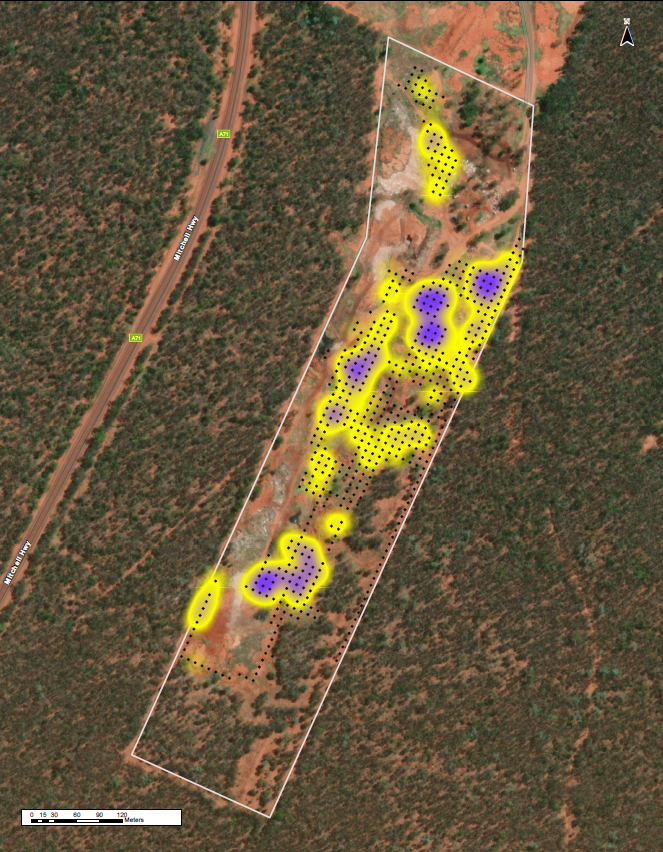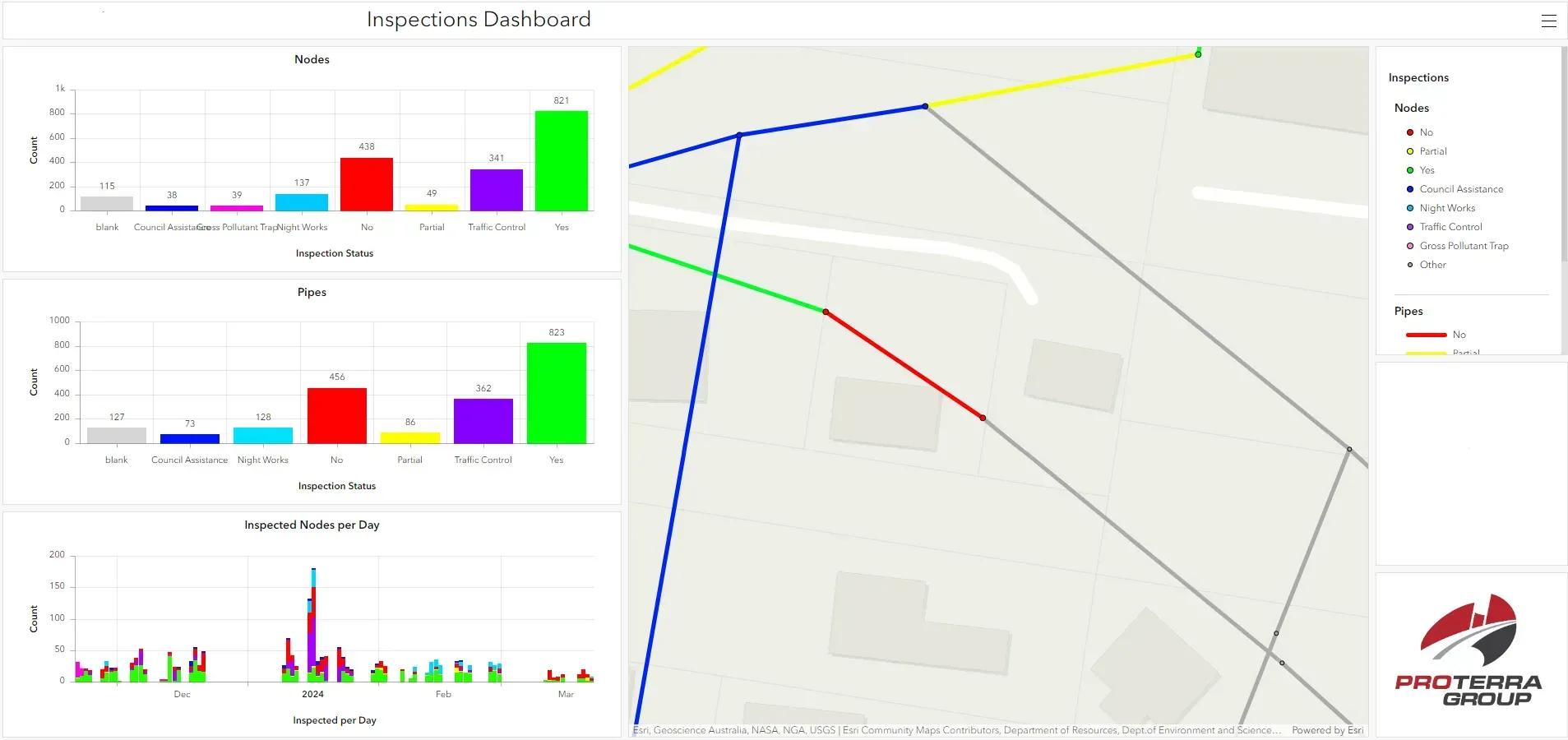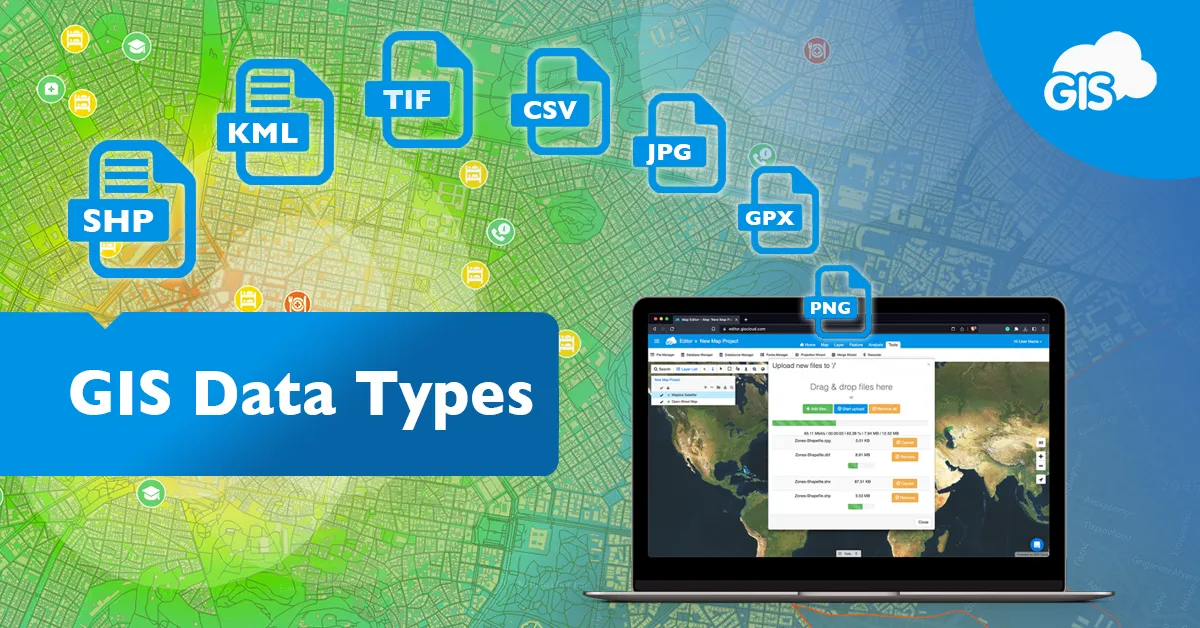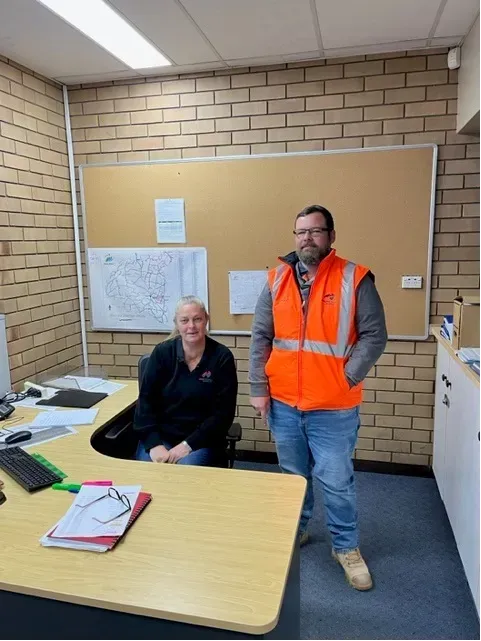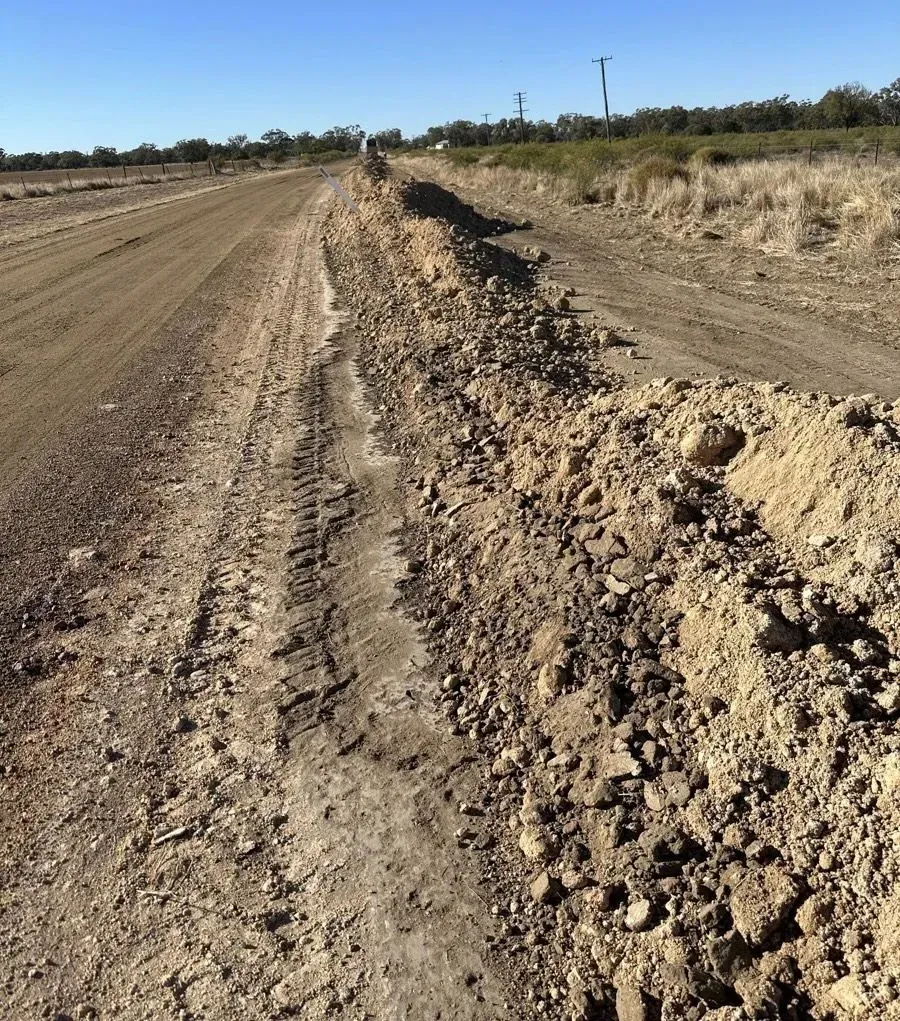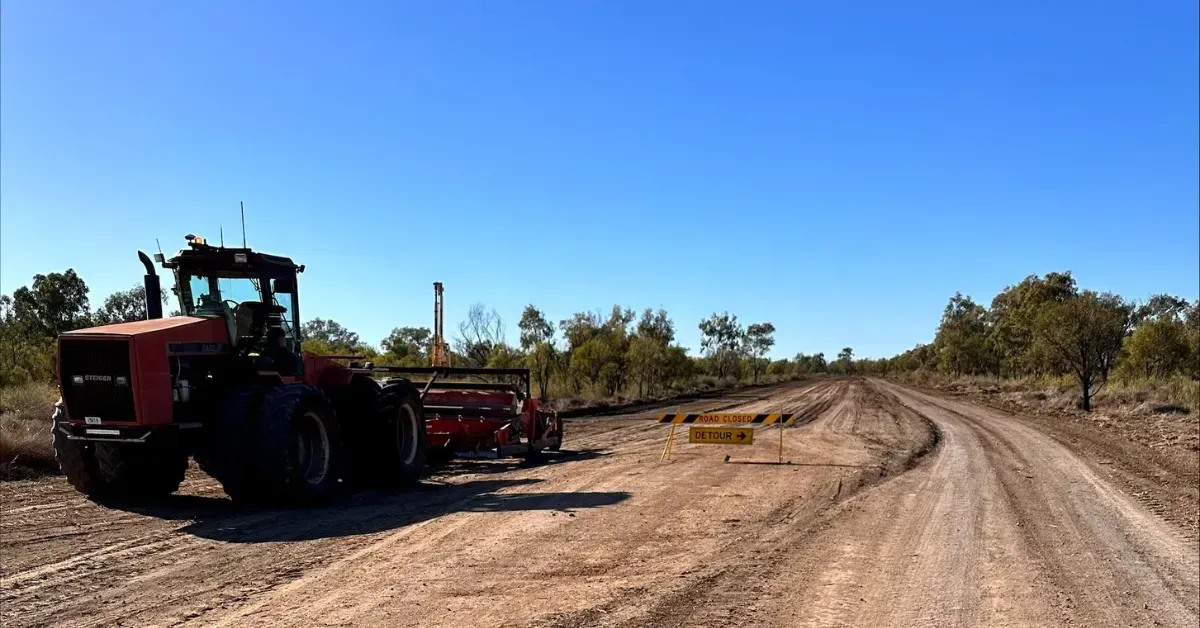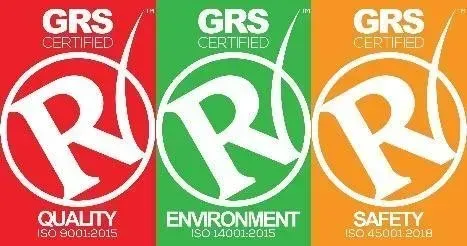Delivering success in Moree after severe flood damage, how is it done?
Lets deep dive into Grant and Nicole's work on the Flood Restoration Project for Moree Plains Shire Council.
What was needed?
As you may have seen from the recent “Ring the Bell” posts on our socials, we have secured the preliminary 2022/23 Flood Restoration works for Moree Plains Shire Council. The initial works involve the integration of the council's financial and asset systems to compile Transport for NSW DRFA submissions for the Emergent and Immediate Restoration works, along with the Department of Public Works reimbursement for the Moree Town streets post-flood clean-up expenditure.
What did we do about it?
Initial proactive response and rapid delivery, set up by Cameron & Sandra Mocke and Nicole Wuehrl (thanks team) showed our client our capability to complete the works in the required timeframes. Thanks to this initial set up, Nicole has been continuing with these document build-ups. She has also started with the REPA submissions for the Restoration work, which once approved will see the reconstruction completed over the next 2 year period! Nicole has risen to the challenge, basing herself in Moree to maximise her time and shorten the completion timeframe and has built a great rapport with the council's’ Flood management team in the Moree depot, fantastic work Nicole! In addition to the analysis phase of the work, Inspector Grant Sommer has moved over from Quilpie to Moree to help supervise Council direct Labour and Contractor crews, both mentoring and auditing their systems and work processes for conformity to specifications and development in readiness for the upcoming restoration program and he is doing well on this front.
What now?
The great news here is thanks to the work of the team, we have been able to establish work on securing a more permanent presence in the shire, between Nicole and Grant’s close work with the client it's looking more likely that we will continue to build a larger team in the Moree Region and assist Council to deliver other emerging works Levee Bank and other infrastructure works.
We love seeing our teams thrive in supporting regional communities and building relationships with councils that are long-lasting.
Sign up to receive our latest news
We will get back to you as soon as possible.
Please try again later.
Read other articles
